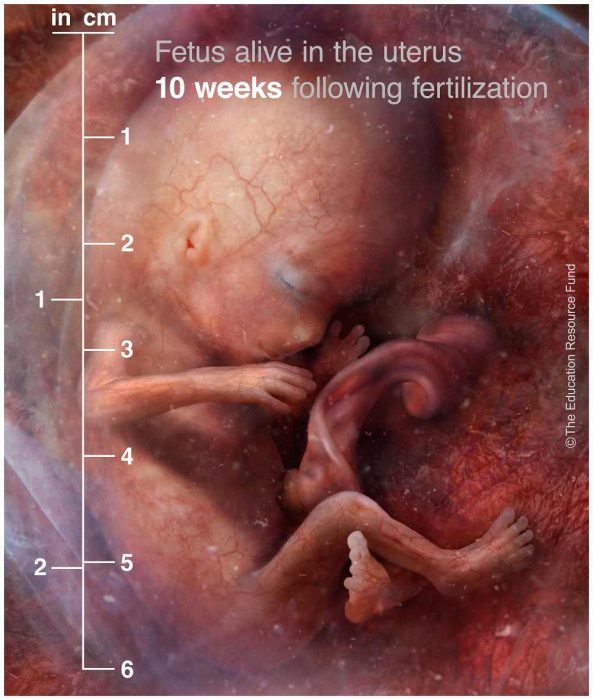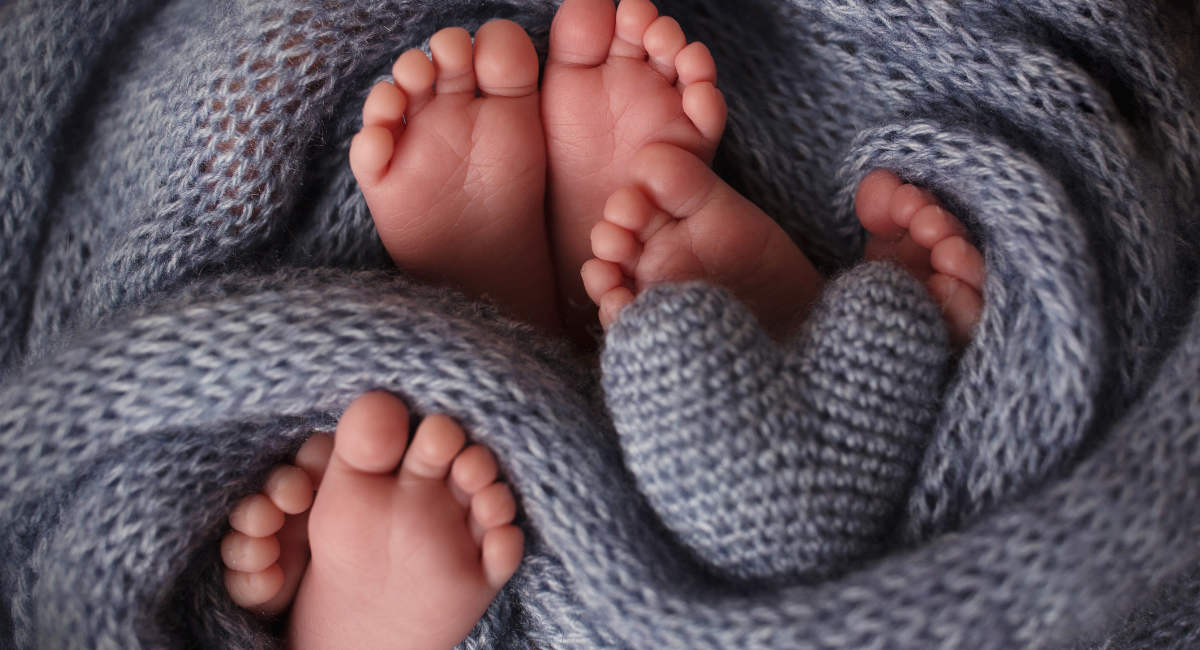Research published in the American Journal of Obstetrics and Gynecology regarding selective reduction abortions suggests that “reducing” triplet pregnancies to singletons versus “reducing” to twins creates a better chance of seeing the surviving babies born at an older gestational age and a greater birth weight. But there are many ethical issues to unpack with regard to this research.
Selective reduction means that certain children are targeted for death in the womb as they grow alongside their siblings. given the fact that the majority of twins and triplets in the United States are created using fertility assistance such as IVF, this means they are being created only to be destroyed through selective reduction despite little proof that selective reduction abortion will save the lives of the other babies.
Kamran Hessami, MD, a postdoctoral research fellow in the department of obstetrics and gynecology at Baylor College of Medicine said that it is “not completely clear” from the research whether reducing to singletons instead of to twins actually improves outcomes for the surviving babies. While the surviving singletons were born later and heavier than the surviving twins, there was “no substantial difference for the rates of early pregnancy loss and neonatal death,” according to the study.
This means that the twins had a greater chance of preterm birth but not of dying.
WATCH: Selective reduction just as horrific today as it was six years ago
Additional research shows that the rate of loss is similar in triplet pregnancies that have been reduced compared to triplet pregnancies that have not been reduced. In this study of 132 triplet pregnancies, 30 sets of parents decided to abort one of the babies. 102 opted to manage the pregnancy with all three babies. While the women who aborted one of their babies delivered at a later average gestational age (32.52 weeks vs 34 weeks), there were no neonatal deaths for any of the babies. Four of the pregnancies in the non-abortion group were lost, compared to one in the selective reduction group, which researchers noted as “no difference.”
This begs the question: Why are doctors killing a triplet or two triplets with no proof that it will make a significant difference in the survival rates for the non-aborted sibling or siblings?
The answer seems to be that selective reduction may reduce some of the risks to the mother’s health associated with a triplet pregnancy. The non-abortion group experienced greater rates of preterm labor, preeclampsia, and gestational diabetes, and spent more days in the hospital after birth. No mothers died in either group.
Creating babies to kill them
What isn’t mentioned in the research published in the American Journal of Obstetrics and Gynecology is how these babies came to be in the first place. The researchers identified 10 studies published between 2012 and 2020 involving 2,392 triplet pregnancies.
The natural twin pregnancy rate is about 2% while the twin pregnancy rate with fertility assistance is as high as 40%. More than one-third of the twins and more than three-quarters of the triplets and higher-order multiples born in the U.S. resulted from fertility treatments, signaling that many of the triplets in the study were created using IVF or other fertility assistance methods. In other words, these babies were purposefully created to meet adults’ desire to have a baby, but then, any “extra” babies were killed through selective reduction abortion.
Take Calli and Ashley, for example. They used a sperm donor and stimulated ovulation even though Calli knew she produced more follicles than the average woman. When she became pregnant, there were five babies — babies that she and her partner Ashley paid to create in order to fill their own desires. But five was too many, they decided, because they didn’t want Calli to have to go on bed rest or have one of them quit their jobs to take care of five babies. So they decided to kill three of the babies by injecting feticide into their beating hearts at 12 weeks.

10 weeks from fertilization (12 weeks gestation/LMP)
Children are not products to be bought, sold, or returned. Yet that’s what is happening with selective reduction abortions. Children are being purposefully created by adults who know there is a risk of multiples, and then those adults are killing the extra children they created.
IVF increases pregnancy complication risk
While the health and life of the mother should be considered with the utmost respect and care, doctors know what the risks are and should therefore be prepared to handle them. There is a known increased risk to the mother’s health during pregnancies created using IVF — meaning that these parents and fertility specialists are not only creating “extra” babies that they later abort, but they also know that these mothers will be at an increased risk for complications.
Women who have had fertility treatments — especially IVF — are likely at a higher risk for serious pregnancy complications compared to women who become pregnant naturally. According to a study that looked at 814,000 births and stillbirths in Ontario between 2006 and 2012, rates of severe pregnancy complications were about 31 per 1,000 IVF-assisted pregnancies and 22 per 1,000 for natural pregnancies.
Overall, “[W]e found that the women who received infertility treatment, especially in vitro fertilization, were about 40 percent more likely to experience a severe pregnancy complication compared with women who gave birth without any treatment,” said Dr. Natalie Dayan, director of obstetrical medicine at McGill University Health Center, in a journal news release.
READ: Family welcomes sextuplets after refusing selective reduction abortion
Killing instead of healing
Of the 2,392 triplet pregnancies the researchers analyzed, 1,903 were reduced to twins and 489 were reduced to singletons. The majority were killed through the use of potassium chloride injections to cause cardiac arrest, while 68 were killed through aspiration abortion.
One of the risks of selective reduction abortion is the miscarriage of the other babies. In the process of killing these “selectively reduced” human beings, no health conditions or illnesses were healed; they were killed in the hopes of preventing future complications for their mothers.
For many parents, it is fear alone that drives their decision to kill some of their babies in hopes that the others will thrive or that the mother’s health remains stable. But rather than instill fear in patients, it is important that those in the medical community offer hope. Doctors should be studying and learning how to best help all of the babies survive, and then implementing what they have learned.
Killing doesn’t advance medicine. Searching for ways to help does. Today, babies born at 21 weeks have a chance of surviving when given medical care. If certain doctors had never tried to save these babies, then progress would never have been made, and micro-preemies born today would still have no chance.
Meanwhile, preventable maternal deaths have been increasing in the United States despite wide access to abortion. There is a shortage of doctors offering maternity care, and what’s worse is that many doctors largely dismiss women’s symptoms until it’s too late.
It’s a horrific cycle. Fertility doctors allow the creation of ‘multiples’ pregnancies knowing the increased risk to women from both IVF and the number of children in the womb. Then they kill the babies they created and successfully implanted in an attempt to lessen those risks.
Doctors are meant to heal patients and help them thrive — all of them, not just the select few. Killing must never be a solution to health concerns that may arise. Mothers and babies deserve better.
“Like” Live Action News on Facebook for more pro-life news and commentary!







